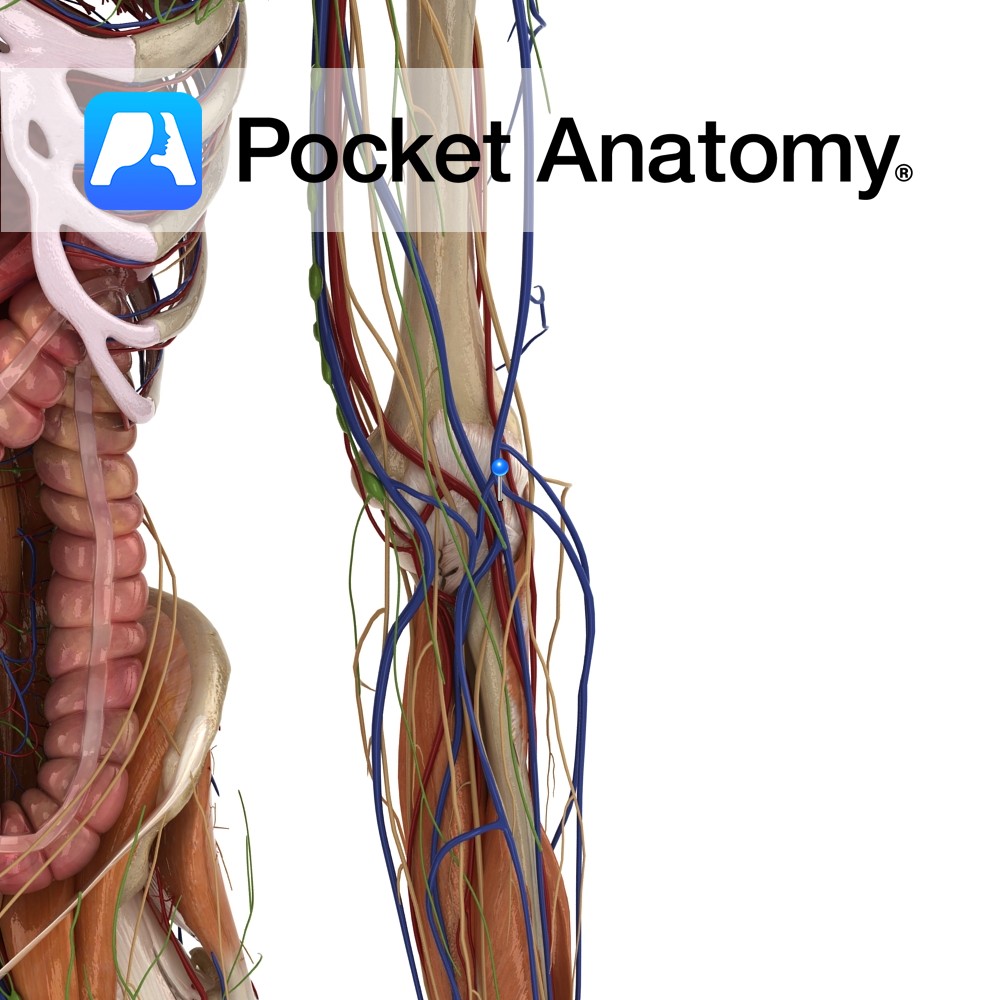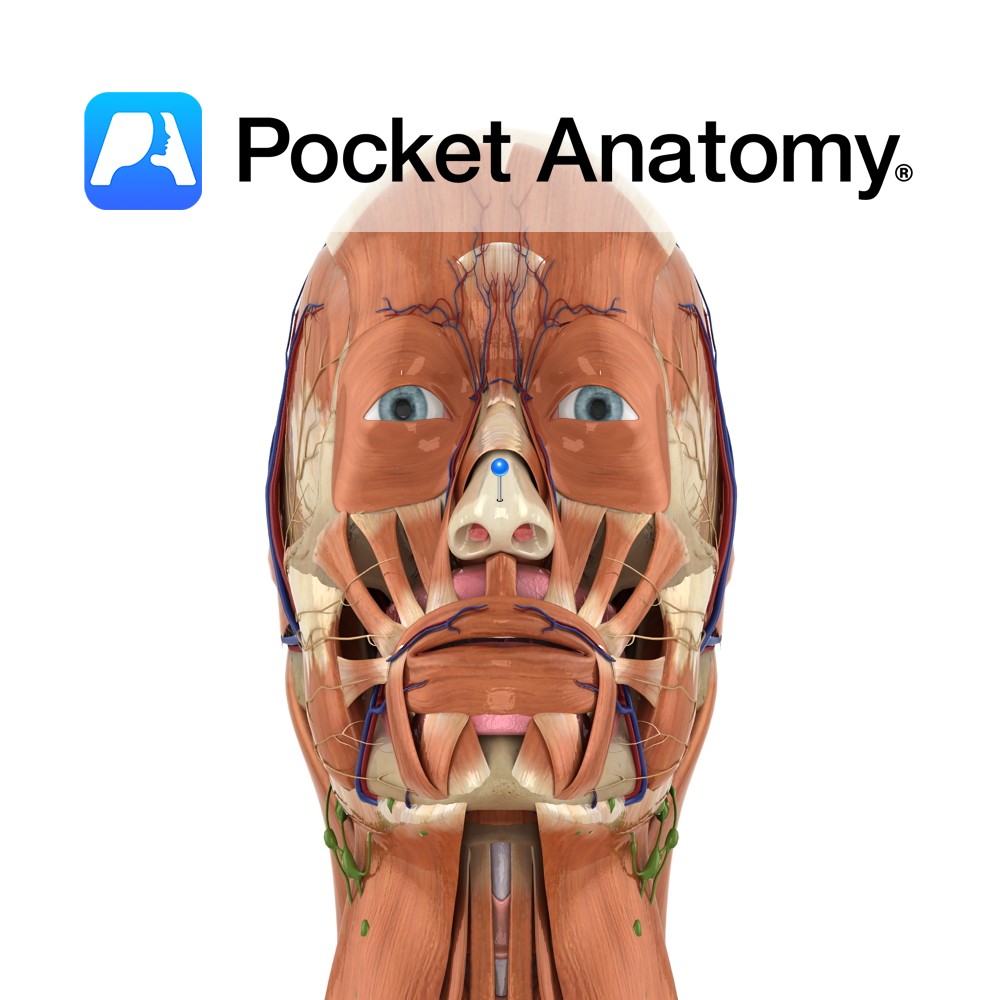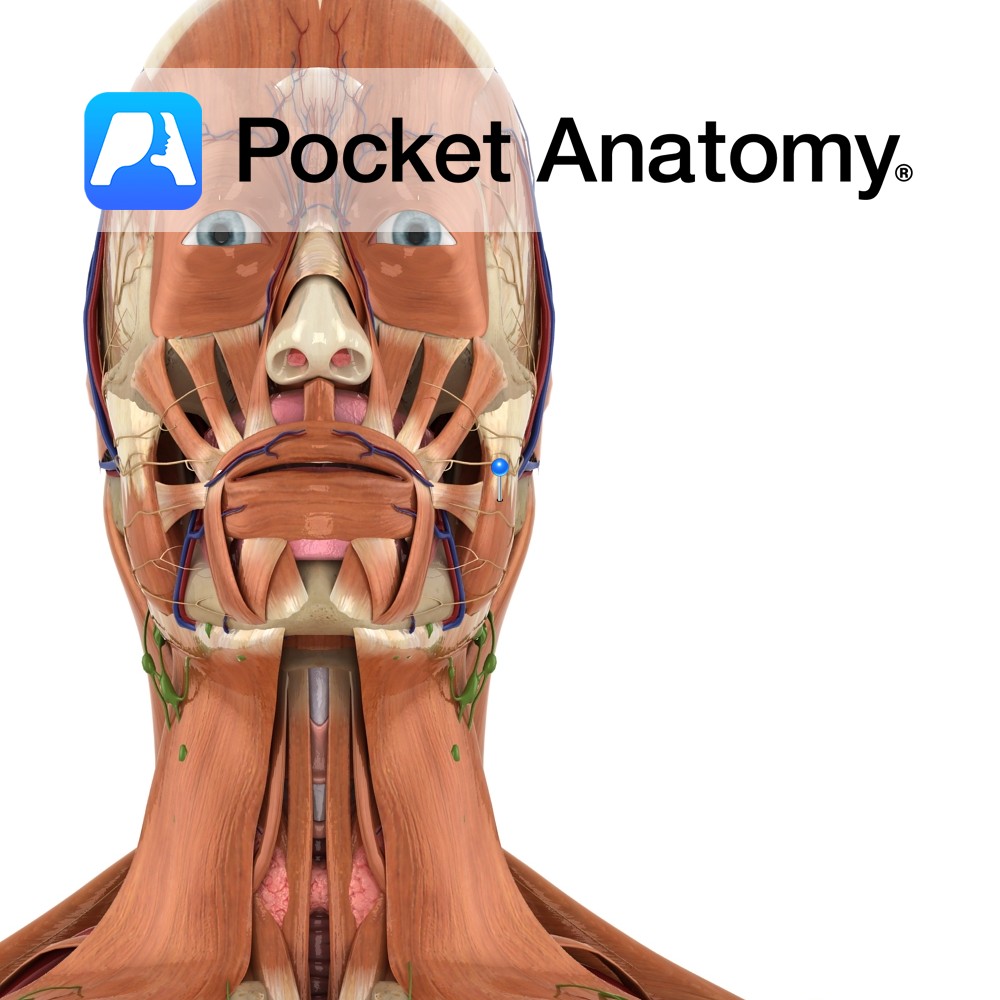Anatomy
Origin:
Distal two-thirds of the lateral surface of the fibula and the intermuscular septa.
Insertion:
Tuberosity on the lateral aspect of the base of the 5th metatarsal.
Key Relations:
-One of the two muscles of the lateral compartment of the leg.
-The fibularis brevis tendon passes posterior to the lateral malleolus along the lateral surface of the calcaneus, with the fibularis longus tendon directly posterior to it. The two tendons lie deep to the inferior fibular retinaculum.
Functions
-Everts the foot.
-Weakly plantarflexes the ankle joint.
-Stabilises the subtalar and midtarsal joints by exerting a force from the lateral aspect.
-Also prevents medial overbalancing and supports arches of the foot e.g. walking on uneven surfaces..
Supply
Nerve Supply:
Superficial fibular (peroneal) nerve (L5, S1).
Blood Supply:
Fibular (peroneal) artery.
Clinical
Peroneal tendinopathy involves inflammation or injury (e.g a small tear) to the two peroneal tendons (peroneus brevis and longus). The patient may present with pain and inflammation or tenderness on the outside of the ankle or heel, which is worsened by activity, by passive inversion, by resisted eversion and by pressure applied to the two peroneal tendons. Causes of peroneal tendinopathy include repetitive overuse injuries e.g basketball, acute trauma to the ankle and overpronation of the foot.
Treatment involves rest, NSAIDs, stretching the peroneal and calf muscles and surgery in more severe cases.
Interested in taking our award-winning Pocket Anatomy app for a test drive?


-brevis.jpg)


